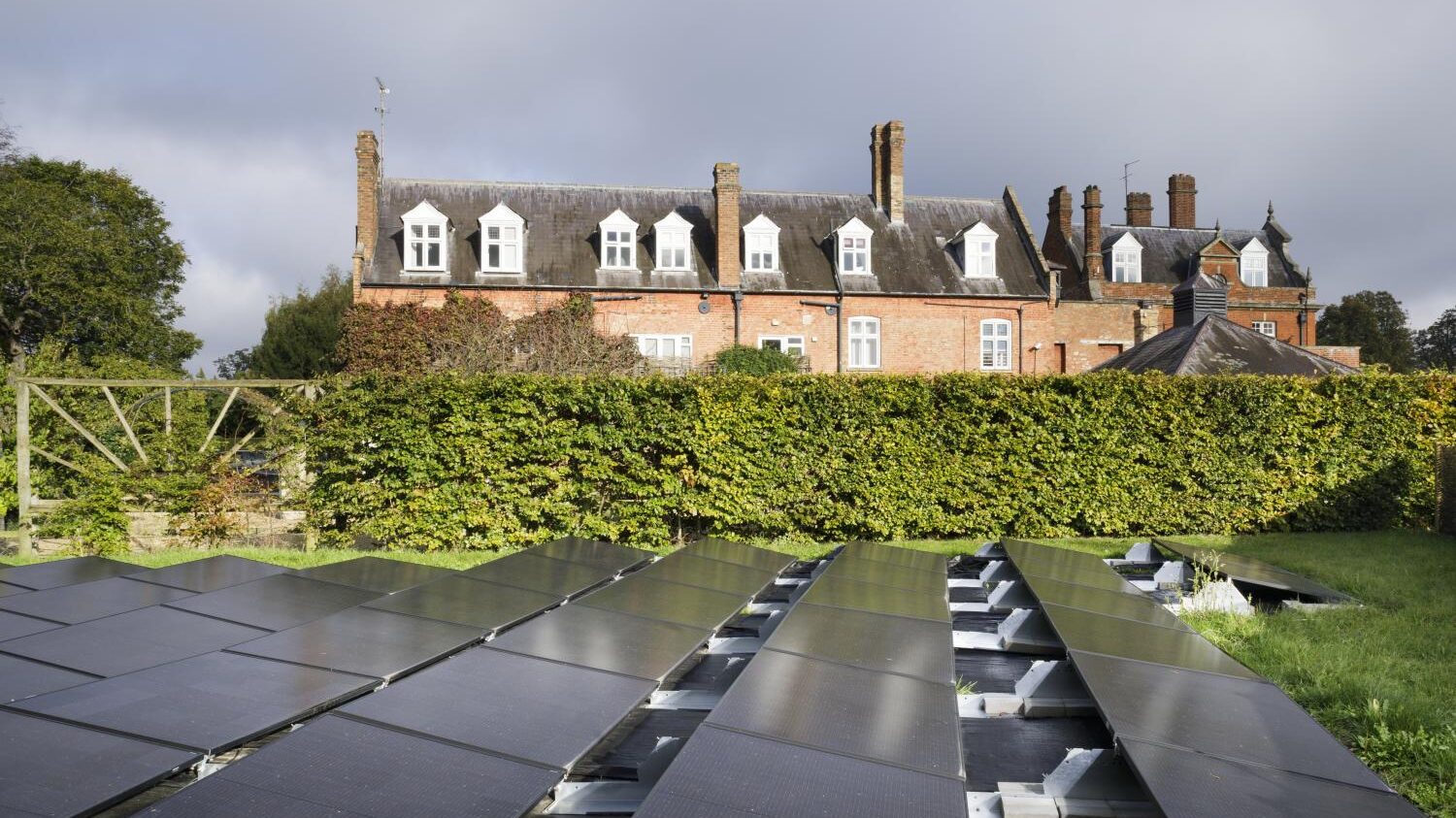Enjoy this article?
Most Museums Journal content is only available to members. Join the MA to get full access to the latest thinking and trends from across the sector, case studies and best practice advice.

Historic England has published new advice on balancing climate action with building adaptation.
The Adapting Buildings for Energy and Carbon Efficiency advice note, aimed primarily at local authorities, heritage consultants and those involved in the planning process, makes clear that historic properties can be retrofitted with energy-efficient measures such as heat pumps, solar panels and insulation.
The guidance is intended to "provide clarity and support consistent decision-making" for proposals to reduce carbon emissions and improve the energy efficiency of historic buildings, while conserving their significance. It reflects current planning policy.
"Mitigating climate change and conserving historic buildings are compatible goals," a Historic England spokesperson told Museums Journal.
"The greenest building is the one that already exists and keeping our historic buildings in active use by maintaining and adapting them is one of the best things we can do to reduce carbon emissions, waste and the unnecessary consumption of precious natural resources.
"Continuously adapting and reusing historic buildings, enabled by well-designed cost-efficient repair, maintenance and retrofit, is essential if we are truly to transition to a more sustainable way of living. In addition, historic buildings can and must adapt if they are to remain safe and viable for future generations as we experience the impacts of climate change from continued global warming over the coming decades.
"We hope our advice note will help local authorities to take positive and consistent decisions so historic buildings can be made more energy efficient in response to carbon net zero commitments and in line with national planning policy."
Historic England has also developed a training package and will launch an online community to offer further support to partners to implement the guidance.
The advice note provides:
The note offers clear advice on insulation, boilers and heating systems, heat pumps, draft-proofing, replacing or adapting windows, and installing solar panels, which aims to "dispel some of the myths around actions that can be taken if you live in a listed building or conservation area".
Historic England advocates a “whole building approach” when considering adaptations to historic buildings. This means exploring a building’s "full context and unique make up to find a range of effective solutions that save energy and carbon, sustain its historic importance, whilst providing a safe and comfortable environment for the people who live there".
Such an approach should consider how these elements might work together to provide the most energy, carbon and cost-effective outcomes, says the advice.
The note states that some works to listed buildings, in response to climate change, will not affect their special interest and will not need listed building consent. However, works that would affect the special interest of a listed building will require listed building consent.
Most Museums Journal content is only available to members. Join the MA to get full access to the latest thinking and trends from across the sector, case studies and best practice advice.